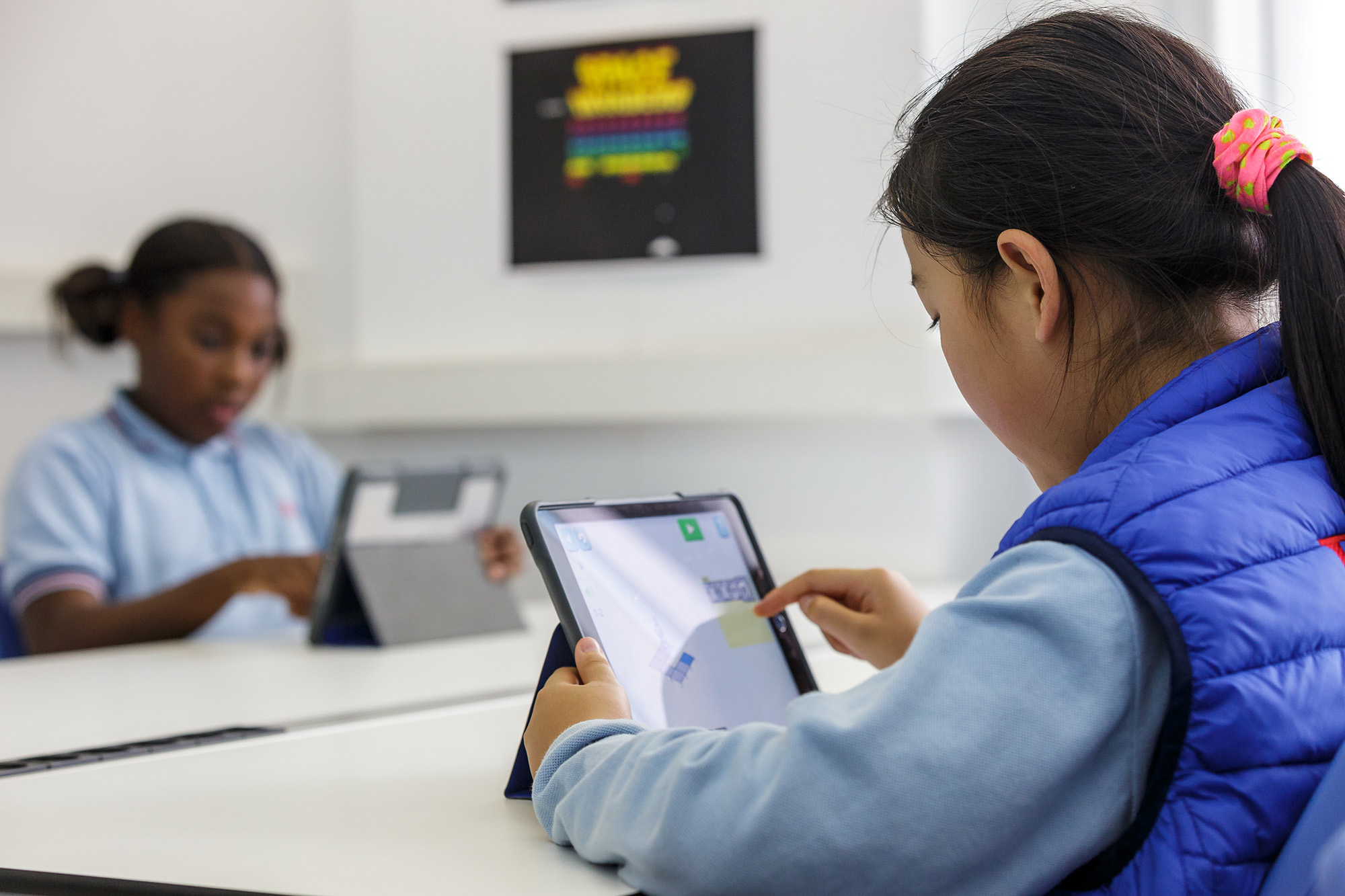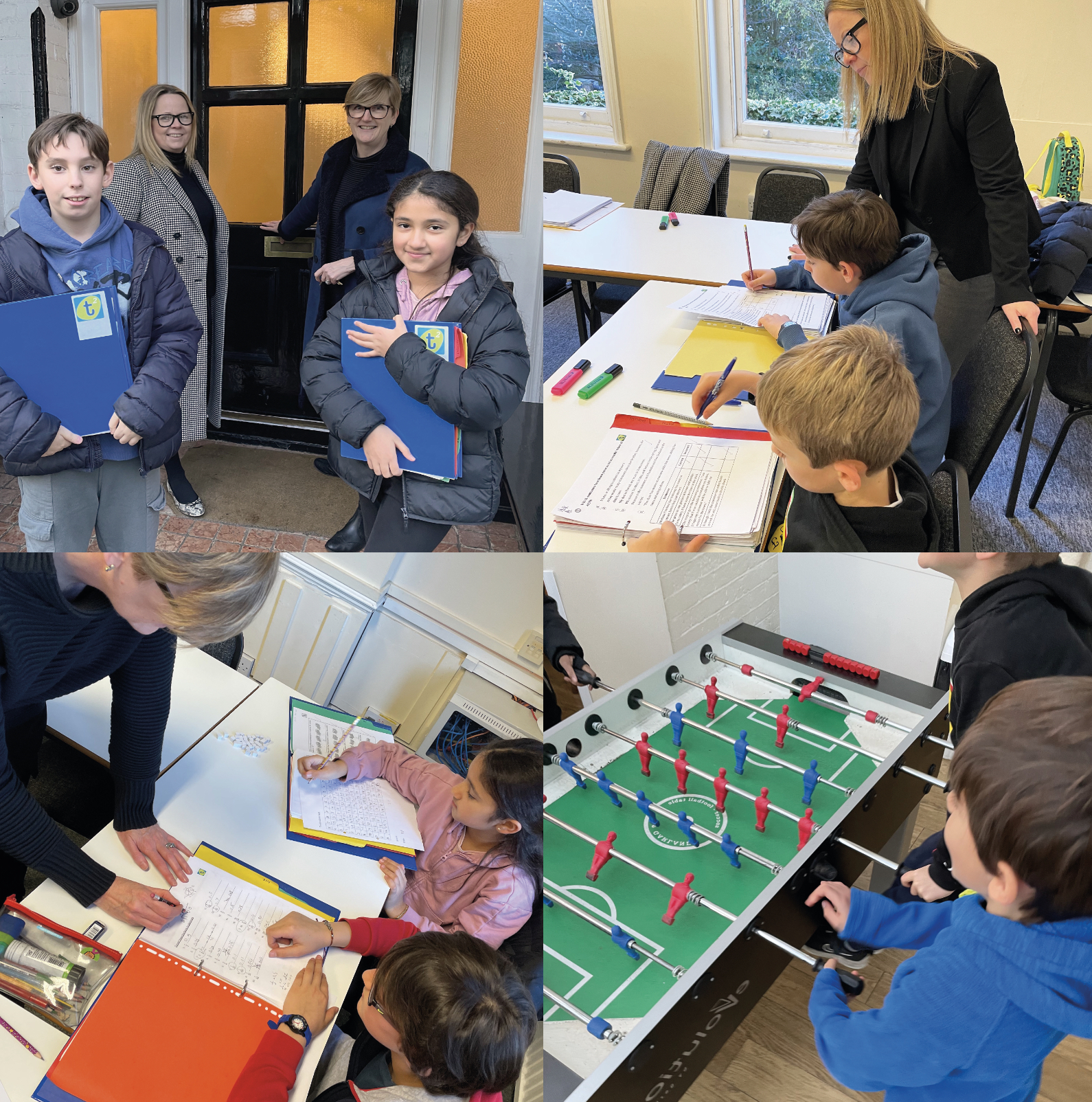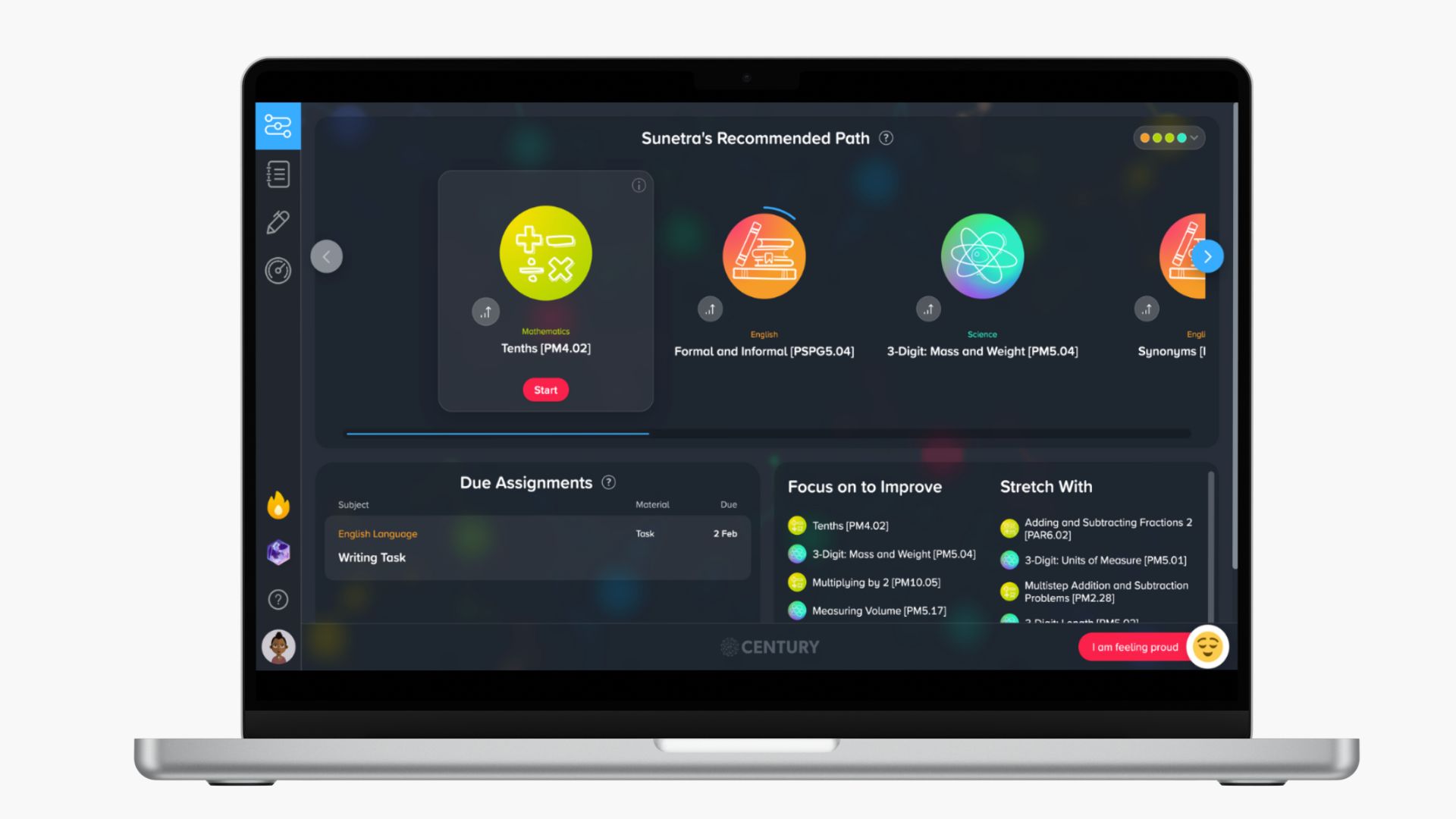In this blog post, Year 5 Teacher and Assessment and Humanities Lead David Gross shares how the teachers at the British School of Barcelona are using CENTURY lessons to engage their students, make the most of the available data, and target interventions in real time.
When we first implemented CENTURY, we knew we wanted to use it in both the classroom and with homework from the outset to set the students up for the most success and maximise their engagement with the platform. We started by embedding CENTURY within our daily practice, initially by integrating a CENTURY lesson into one maths lesson per week. This helped us to instantly reduce the maths marking burden by around 20% every week, and establish a clearer sense of independence and ownership among the children when it came to their learning progress.
There were a few key steps I took to help integrate CENTURY into my lessons:
Step 1: Planning the lesson
Like most teachers, I tend to structure my lessons to include a starter, main task and a plenary. I keep the starter as something to do with the children without any technology, based on the last lesson, and to use CENTURY for the main task and plenary.
The main task typically consists of two or three CENTURY nuggets, along with a challenge exercise, which is all set up ahead of the lesson. All I need to do is go to the Planner, select the appropriate class, click on ‘add plan’, select a few nuggets, and pick the days that I want it to be active for in the children’s recommended pathway.
I normally set each nugget as active for a week, which means that if any children are away for a lesson, they still get the opportunity to complete those nuggets. The nuggets that I assign automatically appear at the front of the children’s learning pathway, so they’re always easy for the children to find.
It’s always helpful to double check whether any student has already completed the nuggets before I assign them, so that I can make any adjustments as necessary. If a child has already completed them and achieved a very high score, I’ll make sure that they have something else ready for them to work on so that they don’t have to repeat it.
The focus of the plenary is always whatever aspect of the topic the children have struggled with the most during that lesson’s main task, which means it doesn’t require advance planning. I explain in more detail how I structure this below.
Step 2: Bringing CENTURY into the lesson
Once I have engaged the children with the starter activity and know they understand what the lesson is going to be about, I move on to the main task on CENTURY.
If it’s a topic I think the children will be able to manage alone, I ask them to log in and watch the full video before attempting the questions. If I am covering a topic I know the children will find challenging, we will usually all watch the video in the first nugget together just to make sure everyone is on the same page. I will then direct the students to their individual pathways, and they're off. This process is easy for the children to follow and makes the lesson super easy to plan.
If the children are asked to watch the videos independently, I’ll use Apple Classroom to monitor their iPads and make sure that they're actually watching the video. A lot of the time, the children like to skip it and go straight to the questions. It's important to encourage them to watch it first though because if they don't, they often answer the easier questions quickly and correctly, but I’ll then see lots of lots of errors coming up with the harder questions towards the end.
Step 3: Targeting interventions
As the children work through the questions, I'll walk around monitoring their responses and keep an eye out for any students who are answering a lot of questions incorrectly. I'll then give these students extra paper, and encourage them to use this to work out the answers before attempting each question rather than guessing. This is my first port of call in terms of intervention or support during the lesson.
I then monitor and pick out which children are really struggling overall, and group those individuals together while the other children continue with the other nuggets that I've set. Within this intervention group, we’ll then work through the nugget together and try to address any misconceptions and misunderstandings.
This is a big win for me as a teacher. Previously I would just have my low, middle, and high groups in each class, and then differentiated the work accordingly. But with CENTURY, everyone is on a level playing field, and I can just adjust my approach depending on the difficulty of the topic. I can then easily group together the students who are struggling with the same concept, which is really helpful as it isn’t always the same children each time.
Step 4: Using data to plan the plenary
Using the data that’s readily available through CENTURY, I can easily see which questions students find the most difficult. I specifically look for questions that even the highest-scoring students find challenging, and instead of pulling an intervention group together based on this, I'll make a note to review these with the whole class at the end of the lesson as part of the plenary session.
How I set expectations
The children know that they need to ‘go green’ on each nugget, which means scoring 70% or higher, before they can progress. If they haven't reached that target, they will need to repeat the nugget until they reach this level. They’re guided to watch the video again, look for where their misunderstandings or errors were, and repeat the nugget until they have a stronger understanding of the material. As soon as they go green, they can then proceed to the next set nugget.
If they get through what I’ve set and achieve over 70%, I’ll either direct them to their recommended pathway on their dashboard, which highlights their areas for improvement, or I’ll have an extension activity ready for them to complete in their books.
Encouraging children to reflect on their learning
We always encourage students to use their dashboard - both to review their progress and to help build a better understanding of what and how they have learned. They might have quickly completed one nugget and achieved a high score, but then spent double the time on the next one, and achieved a much lower score. They can see all of this on their dashboard, and can then figure out for themselves ‘okay, I've not understood something here’, and go back and have another go without me having to tell them to.
The children particularly like being able to use the student dashboard to monitor their progress. They love being able to see their scores at the start of the module and then again at the end, and seeing how much they’ve improved.
Reflecting on the use of CENTURY so far
Implementing CENTURY in this way has worked really well for us. The teachers love using it and it’s saving us a lot of time. Personally, it’s saving me at least one and a half hours each week, and that's just for one maths lesson. The children love it too. It’s giving them a real sense of independence and they recognise how important it is for their learning. So it really has become an indispensable part of practice for Years 5 and 6 already, and it’s growing in Years 3 and 4. In the near future, I think that CENTURY is going to become integral throughout all of Key Stage 2.
Book a webinar to find out how CENTURY can enhance the teaching and learning at your school.




